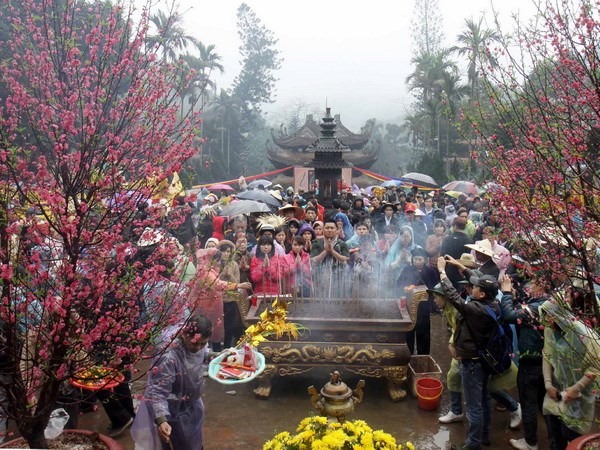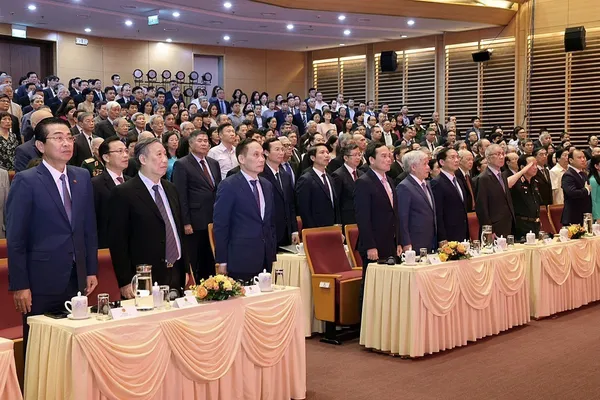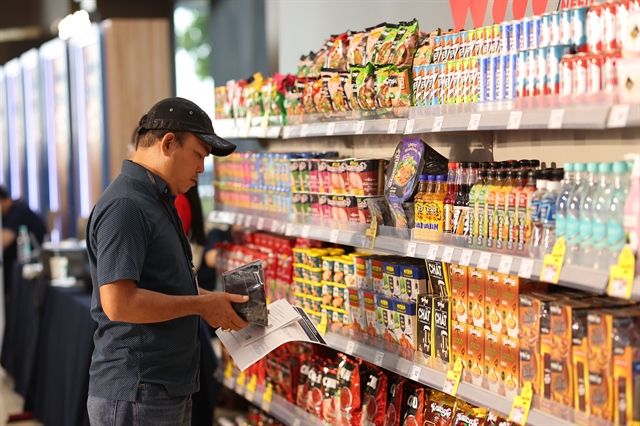 Society
Society

HCM City has not taken measures to monitor the production and sale of incense, even though experts have warned that smoke from incense is more toxic than tobacco.
 |
| Incense sticks are often used in religious ceremonies. — VNA/VNS Photo Thanh Tùng |
HCM CITY — HCM City has not taken measures to monitor the production and sale of incense, even though experts have warned that smoke from incense is more toxic than tobacco.
Hundreds of incense manufacturers work in districts 5, 6, 11 and Bình Chánh of the city.
“It’s easy to make incense and requires very low investment. Anyone can do it,” Ngô Minh Khải, who owns an incense workshop in District 6, told the Người lao động (The Labourer) newspaper.
Incense makers in the past usually learned how to mix the right amount of materials and made the sticks by hand.
But today, all they need to do is make a phone call to receive an “incense-making package” that will be delivered to their doorstep.
“For incense-making, you only need to invest a little money, but you make a lot of profit,” he said.
Incense sticks have been used in Asia and Western religious ceremonies for thousands of years.
Natural materials like straw, sawdust and sugarcane bagasse are used to make incense, while orange peels and mugwort are used for aroma.
Premium incense made from agarwood sawdust and litsea resin sells at much higher prices than common incense.
However, cheap incense sells well in the Vietnamese market. Around 90 per cent of incense on the market is produced by small and household businesses.
One bundle of 500-600 sticks sells for VNĐ40,000-55,000 (US$1.8-2.4).
“Clean” incense made from natural materials is priced at VNĐ150,000-300,000 per bundle.
Dr Phạm Thành Quân from the Department of Chemical Engineering of HCM City University of Technology said that smoke from burning incense is more toxic than cigarette smoke.
Bamboo or wood dust, aroma chemicals and binders create a mixture of fine particles and gas pollutants like carbon monoxide, carbon dioxide, nitrogen oxygen, formaldehyde and others.
“These pollutants affect the respiratory system, leading to breathing problems, coughs and runny noses, and they are dangerous to people who have asthma,” he said.
Sulfur dioxide, nitrogen dioxide and carbon dioxide produced from incense burning can affect vision and the sense of smell, he added.
In Việt Nam, the production of incense has not been closely watched by Government agencies.
Đoàn Quang Luân, head of the economic department of District 6, said around 40 incense businesses are registered in the district.
Explaining the lack of official government oversight, he said there are no proper standards to assess the product, and that most incense makers are considered traditional businesses. — VNS









